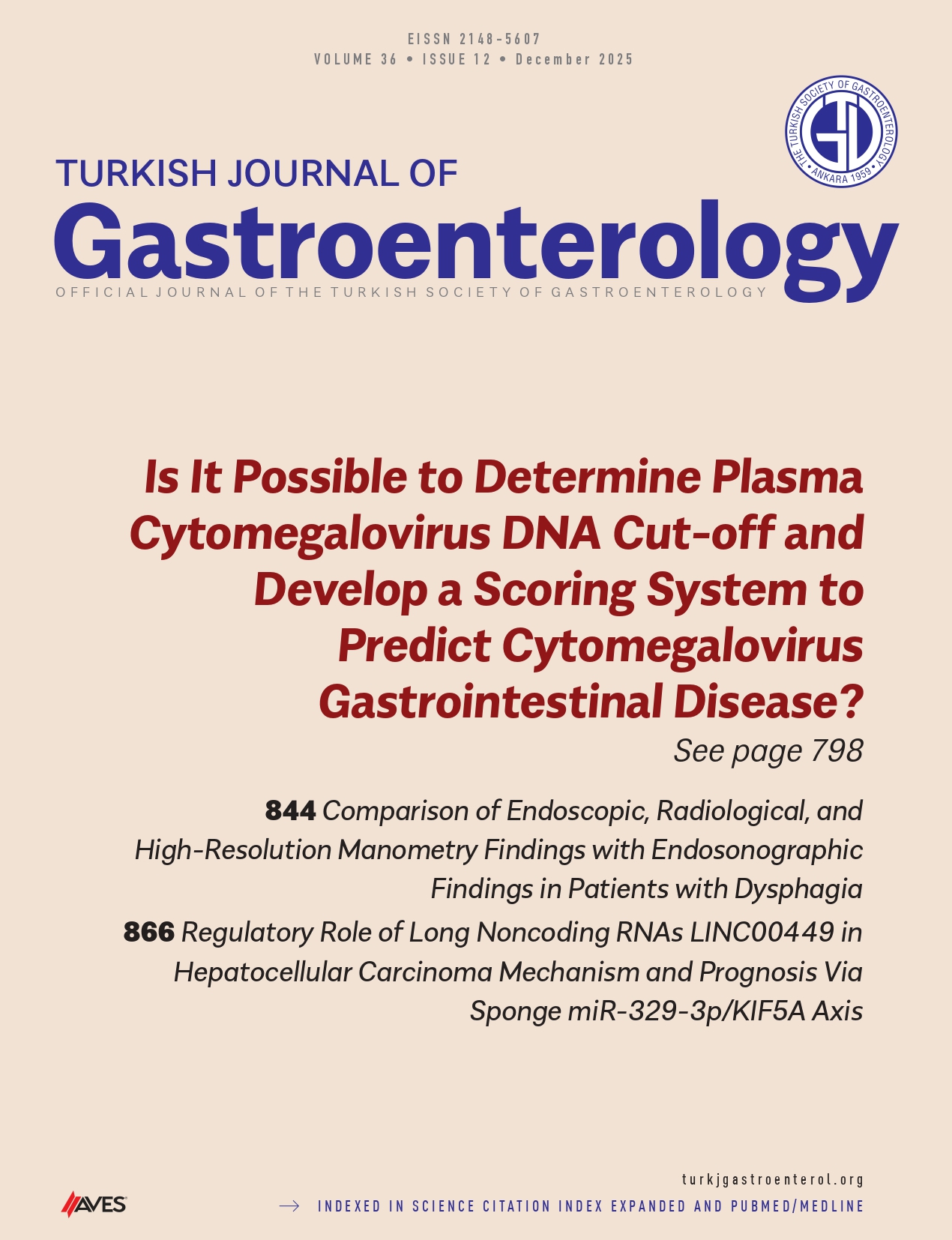Abstract
Background/Aims: Colorectal laterally spreading tumors (LSTs) are large and superficial neoplasms. Most are adenomatous lesions. Endoscopic mucosal resection (EMR) is a standard technique of removing precursor colorectal lesions. The aim of the present study was to assess the factors associated with the clinical outcomes of EMR for LSTs.
Materials and Methods: A total of 275 patients with LSTs who underwent EMR were enrolled in the study. The clinical outcomes of the patients were analyzed by retrospectively reviewing their medical records.
Results: The en bloc resection and R0 resection rates were 86.9% and 80.4%, respectively. The bleeding and perforation rates were 7.6% and 0.4%, respectively. The frequency of high-grade dysplasia and adenocarcinoma histology was significantly higher, and the procedure time was significantly longer in LSTs >20 mm than in those ≤20 mm. The R0 resection rate was significantly higher in LSTs ≤20 mm than in those >20 mm. The frequency of piecemeal resection was significantly higher in LSTs with an adenomatous and cancerous pit pattern than in those with a non-neoplastic pit pattern. The frequency of piecemeal resection was significantly higher in LSTs with adenocarcinoma than in those with low-grade dysplasia. Multivariate analysis revealed that adenomatous pit pattern, high-grade dysplasia, or adenocarcinoma was a significant independent risk factor of LSTs for piecemeal resection after EMR.
Conclusion: EMR is useful for treating ≤20 mm LSTs with regard to curative resection and procedure time. LSTs with an adenomatous pit pattern, high-grade dysplasia, or adenocarcinoma are significant independent risk factors for piecemeal resection after EMR.
Cite this article as: Son DJ, Kweon SS, Kim SW, et al. Risk factors associated with clinical outcomes of endoscopic mucosal resection for colorectal laterally spreading tumors: A Honam Association for the Study of Intestinal Diseases (HASID) multicenter study. Turk J Gastroenterol 2019; 30(4): 350-6.




.png)
.png)